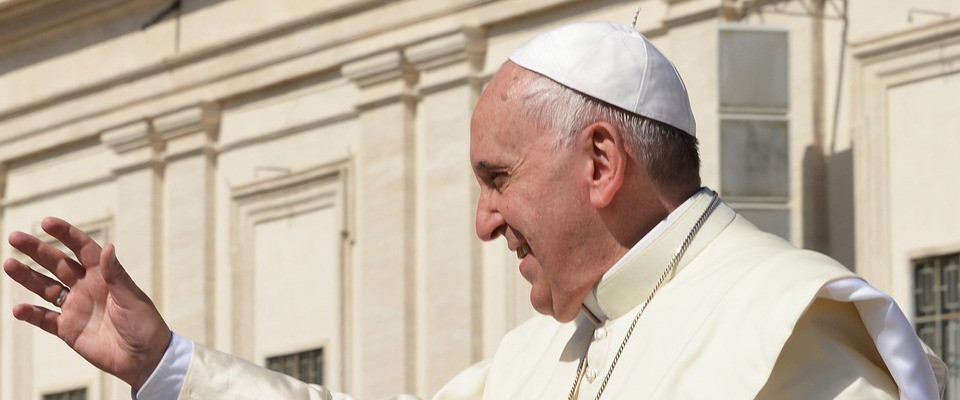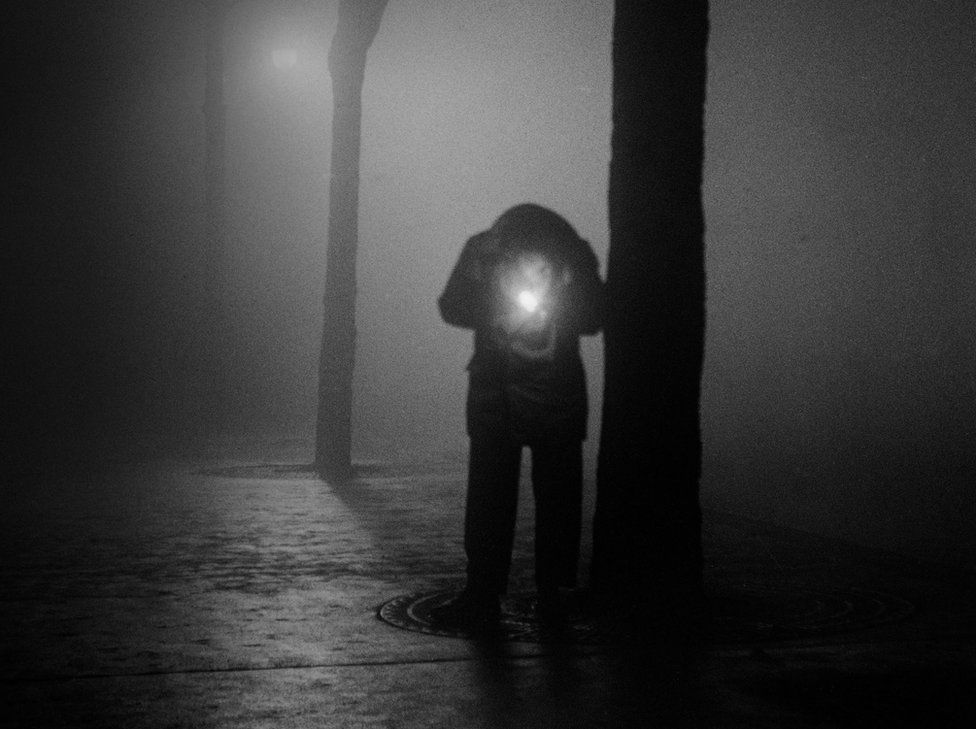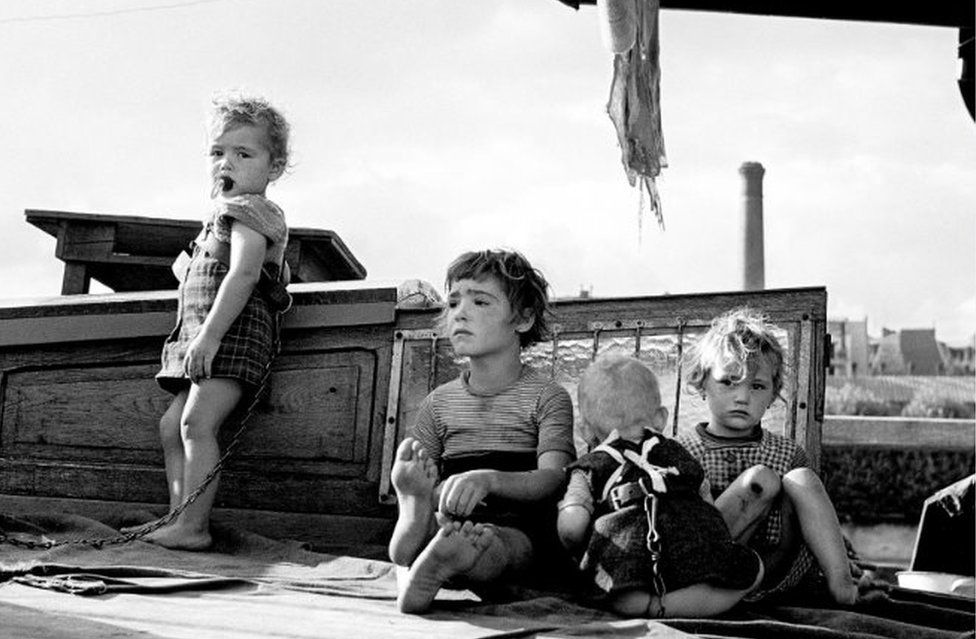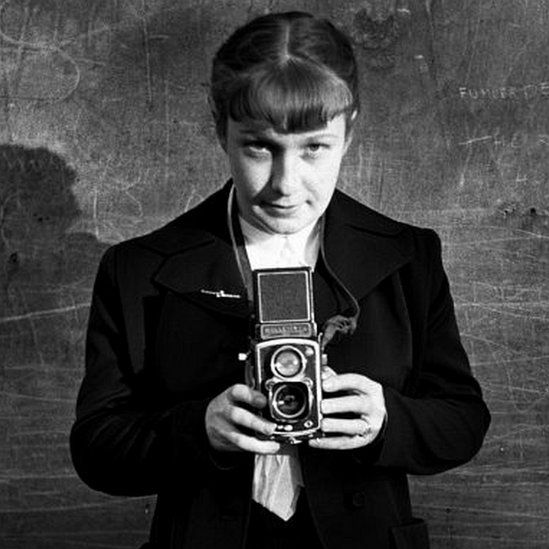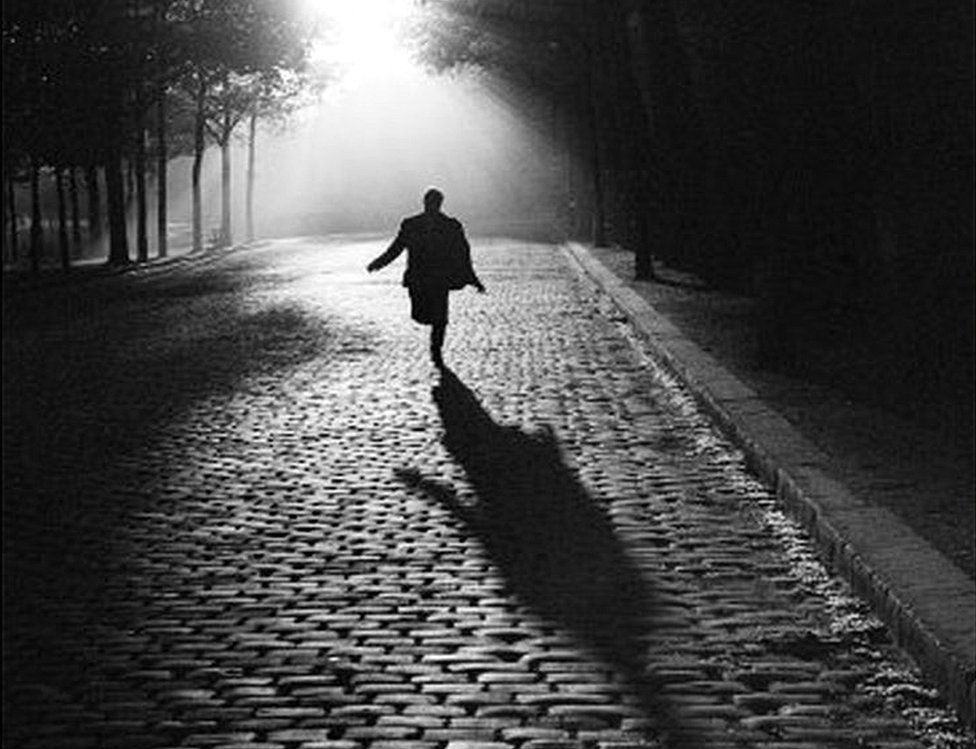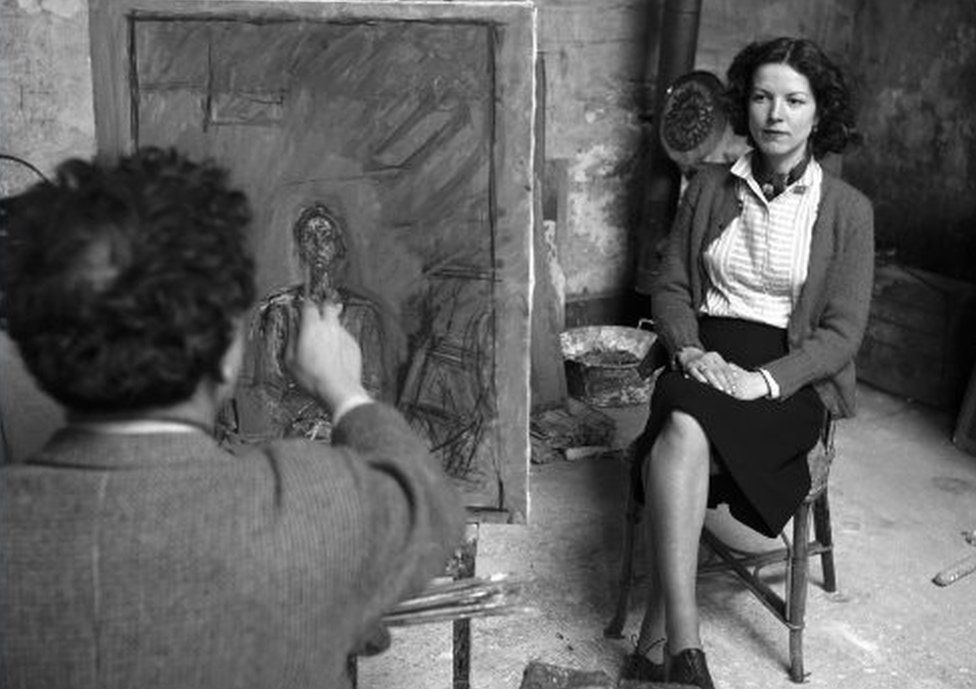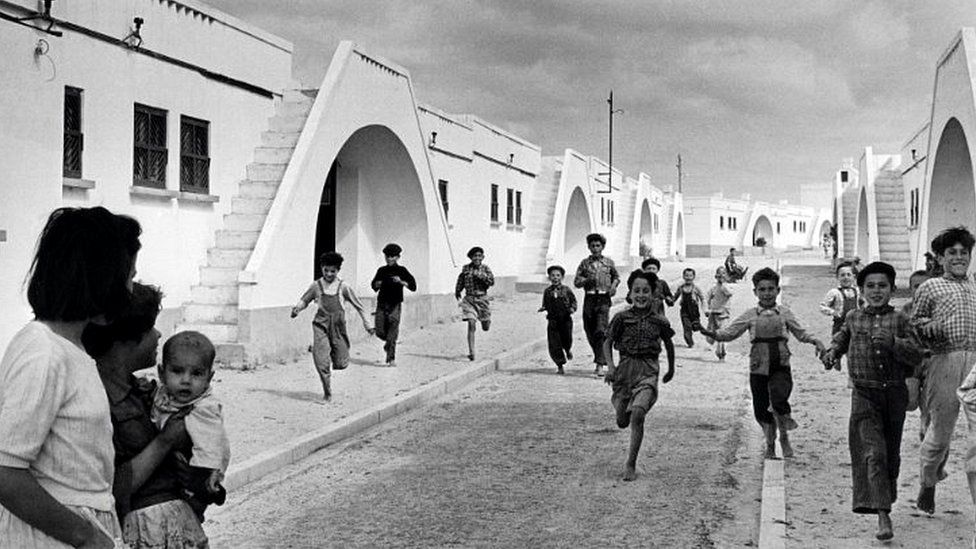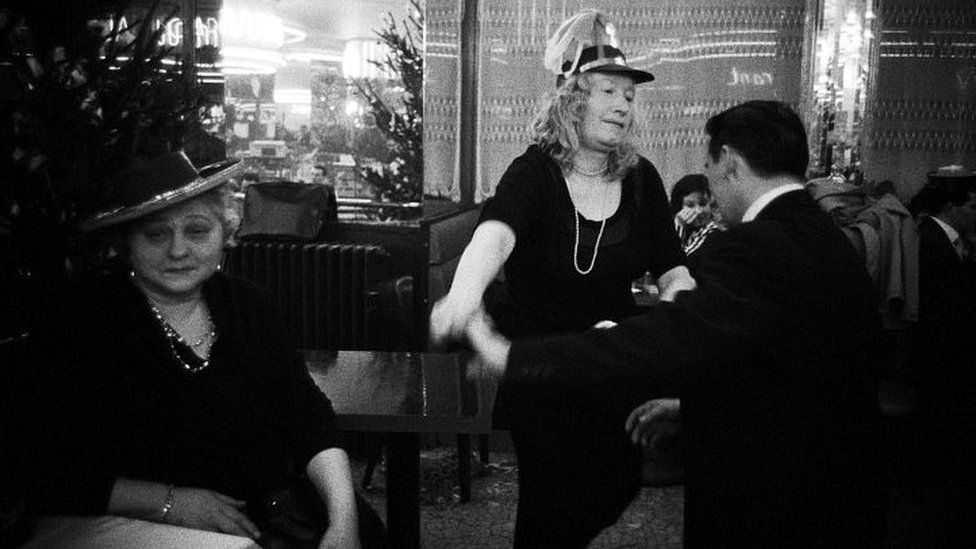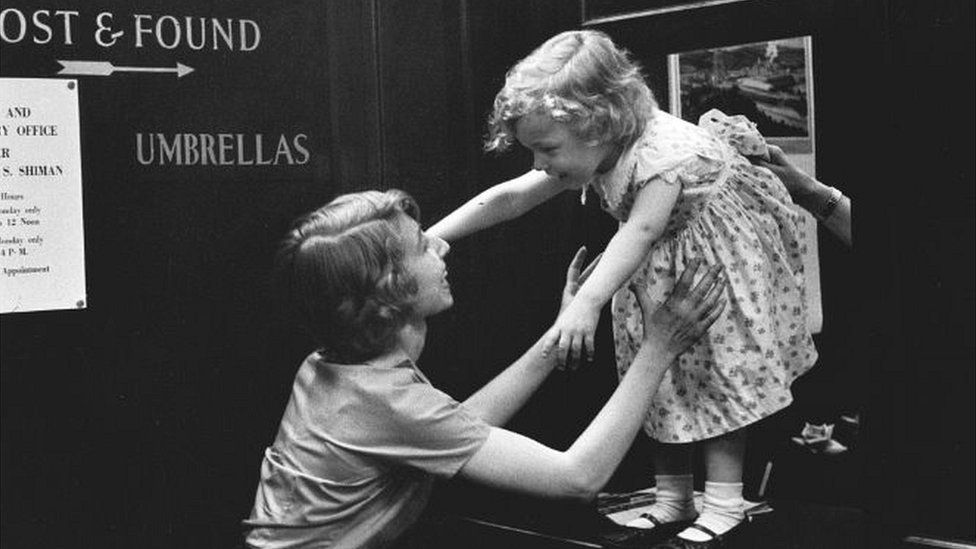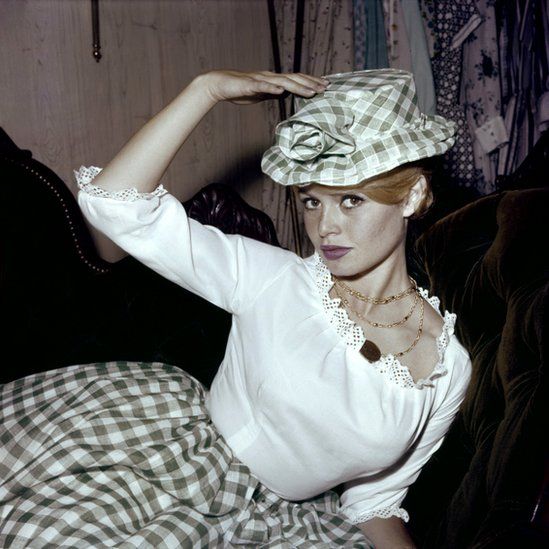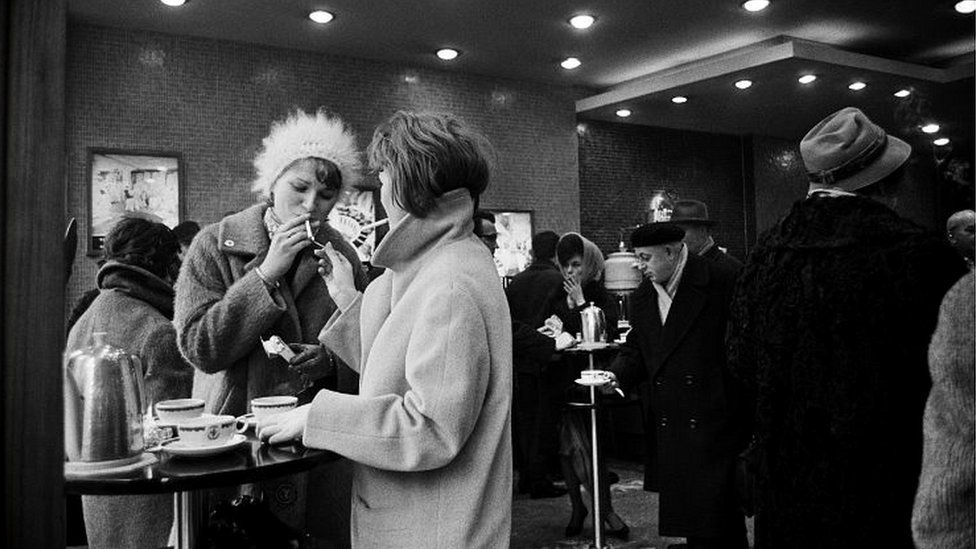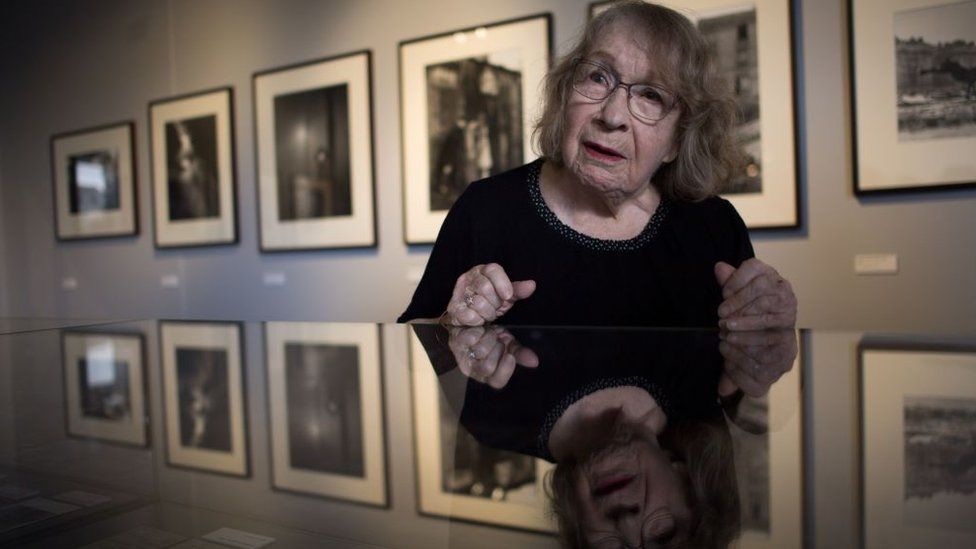POPE FRANCIS NEEDS TO SAY “NO”
Let what you say be simply ‘Yes’ or ‘No’; anything more than this comes from the Evil One” (Matthew 5:37). These words came to mind when I read Pope Francis’s recent handwritten letter to Fr. James Martin, S.J. The occasion for the letter was “Outreach 2021: LGBTQ Catholic Ministry Webinar,” a virtual conference sponsored by Fordham University. The pope praised his brother Jesuit’s “pastoral zeal” and his “style” of “closeness, compassion, and tenderness.” And he prayed that Fr. Martin’s “flock,” presumably within the LGBTQ community, might “grow in the love of Our Lord Jesus Christ.”
The letter itself is unobjectionable in several ways. It can be read as one pastor encouraging another in a challenging, much-needed ministry. The pope has frequently spoken of these themes to all kinds of audiences; for instance, his Angelus address delivered on February 14 used the same “closeness, compassion, tenderness” exhortation.
The problem isn’t so much what the pope said, though, as what he didn’t say. The central occasion for his letter was an LGBTQ ministry conference, some of whose speakers have publicly dissented from Church teaching. One of the speakers was Sr. Jeannine Gramick. In 1999, the Congregation for the Doctrine of the Faith prohibited her from engaging in pastoral work with homosexual persons on account of her rejection of key aspects of Catholic sexual teaching. The pope's letter itself is careful to emphasize the “pastoral,” and doesn't touch on the doctrinal, but that doctrinal silence is the problem—both with the letter and with Fr. Martin’s ministry.
One might respond that neither the pope nor Fr. Martin has denied any Church teaching. Progressive Catholics, in fact, regularly criticize the pope for what they consider to be his retrograde comments on gender complementarity and his denunciations of “gender ideology.” However, although Fr. Martin’s writings and talks continually and rightly emphasize the Catechism’s teaching that those with same-sex attractions “must be accepted with respect, compassion, and sensitivity” (No. 2358), he rarely if ever mentions its teaching on the immorality of homosexual acts (No. 2357) or on ministries that help LGBT believers to live chastely according to Church teaching (No. 2359). His ministry conveys the implicit but unmistakable sense that acceptance of LGBT believers involves acceptance of their sexual activity and relationships.
For the pope to speak solely of openness and compassion in such contexts almost inevitably will be perceived—rightly or wrongly—as a tacit approval of those seeking to change Church doctrine. And, when coupled with the September 2019 private audience that he granted to Fr. Martin, such approval might well seem to be more than tacit. This is a problem, to put it mildly.
What is the pope’s “job,” so to speak? Vatican II, following Vatican I, teaches that he is the “permanent and visible source and foundation of unity of faith and communion” (Lumen gentium, No. 18). It is Peter’s profession of Jesus as the “Christ, the son of the living God” that spurs the Lord to make him the rock of the Church. The pope is charged above all with keeping the Church united in faith.
The papal ministry, moreover, is literally conservative. Vatican I, often regarded as ultramontanist by many of its supporters and detractors alike, sharply circumscribes papal teaching authority: “For the Holy Spirit was promised to the successors of Peter not so that they might, by his revelation, make known some new doctrine, but that, by his assistance, they might religiously guard and faithfully expound the revelation or deposit of faith transmitted by the apostles.” The pope, accordingly, is not an absolute monarch who can do as he pleases or a Mormon president who can receive new revelation that may even reverse previous teaching; he is strictly bound by obedience to the apostolic faith that he has received.
But isn’t such a conception of the papacy stifling and negative, dooming the Church to stasis? Didn’t Pope St. John XXIII memorably say, in his opening address at Vatican II, that “at the present time, the spouse of Christ prefers to use the medicine of mercy rather than the weapons of severity”? And didn’t Vatican II adopt a rhetorical style—there’s that word again—of consensus, invitation, and encouragement? Didn’t it eschew, quite unlike preceding ecumenical councils, anathemas and condemnations?
Pope John was right to say that the Church “meets today's needs by explaining the validity of her doctrine more fully rather than by condemning.” More questionable is his claim that “new-born errors often vanish as quickly as a mist dispelled by the sun....Not that there are no false doctrines, opinions, or dangers to be avoided and dispersed; but all these things so openly conflict with the right norms of honesty and have borne such lethal fruits that today people by themselves seem to begin to condemn them.”
The history of recent centuries shows, though, that errors often don’t simply “vanish.” They can be persistent and destructive. They must sometimes be unearthed, resisted, and countered. The LGBT movement is triumphant among Western cultural, economic, educational, media, and political elites. We are losing our sense of what it means to be human, to be created as male and female. It is likewise dangerous to envision God as, in Fr. Donald Haggerty’s words, “an avuncular figure instead of a true father, winking a blind eye at the misfortune of grave transgressions.”
Part of teaching and leading thus involves saying “no.” Wisdom is needed to know when to say that “no,” but it must be said at some point. Perhaps the pope is trying to thread with pastoral sensitivity the needle of doctrinal orthodoxy. He seems willing to “make a mess” in the meantime (see his comments at the 2013 World Youth Day), confident in the outcome. The recent history of the Anglican Communion and other mainline Protestant bodies suggests otherwise. There is no via media between those who hold that same-sex sexual activity can be sacramental and those who regard it as sinful.
It is more likely that the pope’s silence and ambiguity—here as elsewhere—will exacerbate those same tensions within Catholicism, create false expectations of change, and contribute to an erosion of ecclesial communion.
Perhaps it is significant that this latest controversy occurs so near the feasts of St. Irenaeus and of Sts. Peter and Paul. In the Missal of Paul VI, the “Prayer over the Offerings” for the memorial of Irenaeus asks, “instill in us a love of the truth, so that we may keep the Church’s faith inviolate and her unity secure.” Truth grounds unity. The Collect for Sts. Peter and Paul asks, “grant, we pray, that your Church may in all things follow the teaching of those through whom she received the beginnings of right religion.” The Church is bound—and liberated—by her apostolic faith.
That faith must continue to be “religiously guarded and faithfully expounded,” if the flock is—as the pope writes to Fr. Martin—to “grow in the love of Our Lord Jesus Christ.” What else is the papacy for?
Christopher Ruddy is a professor of systematic theology at The Catholic University of America in Washington, D.C.
First Things depends on its subscribers and supporters. Join the conversation and make a contribution today.
Click here to make a donation.
Click here to subscribe to First Things.
